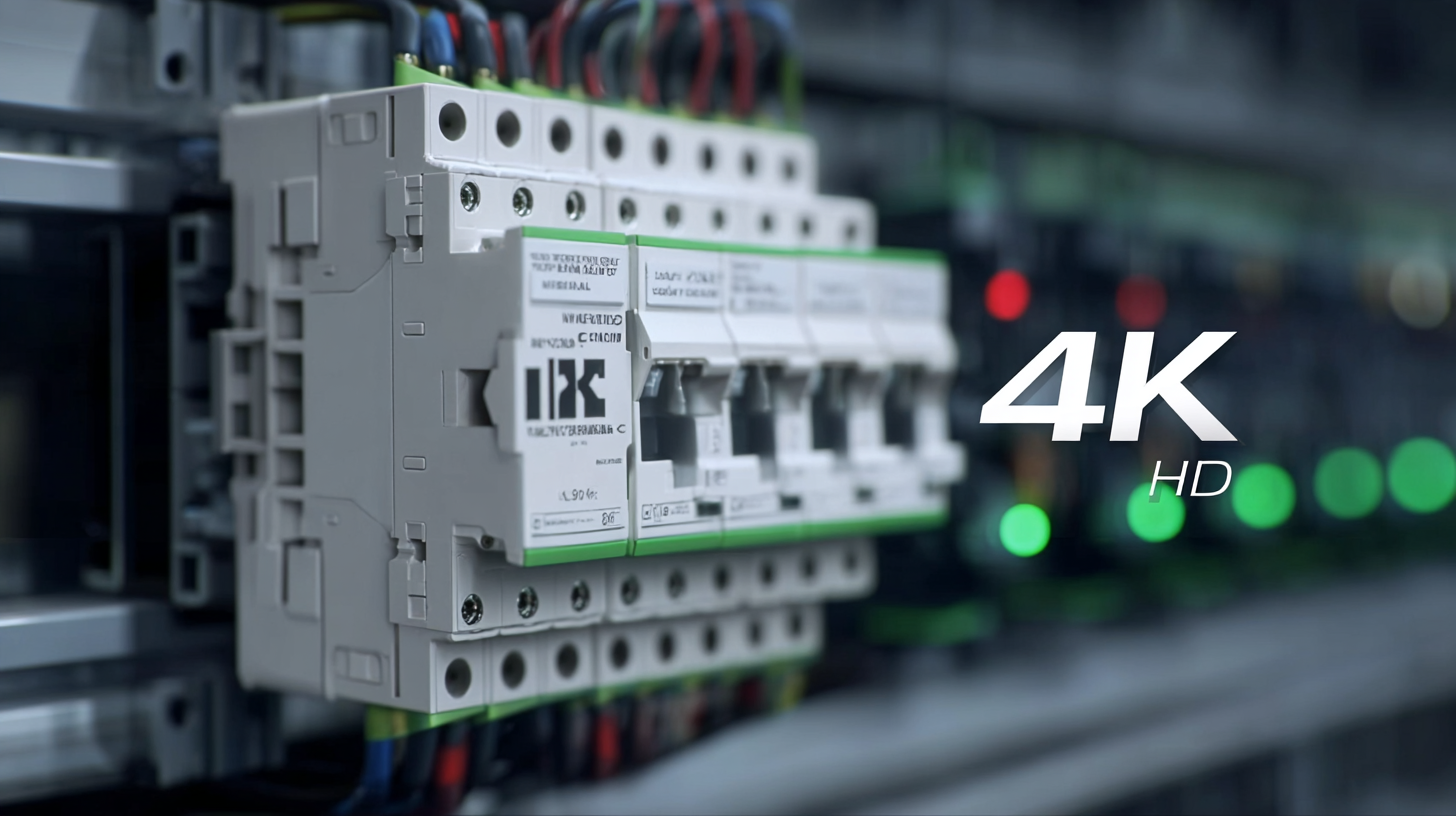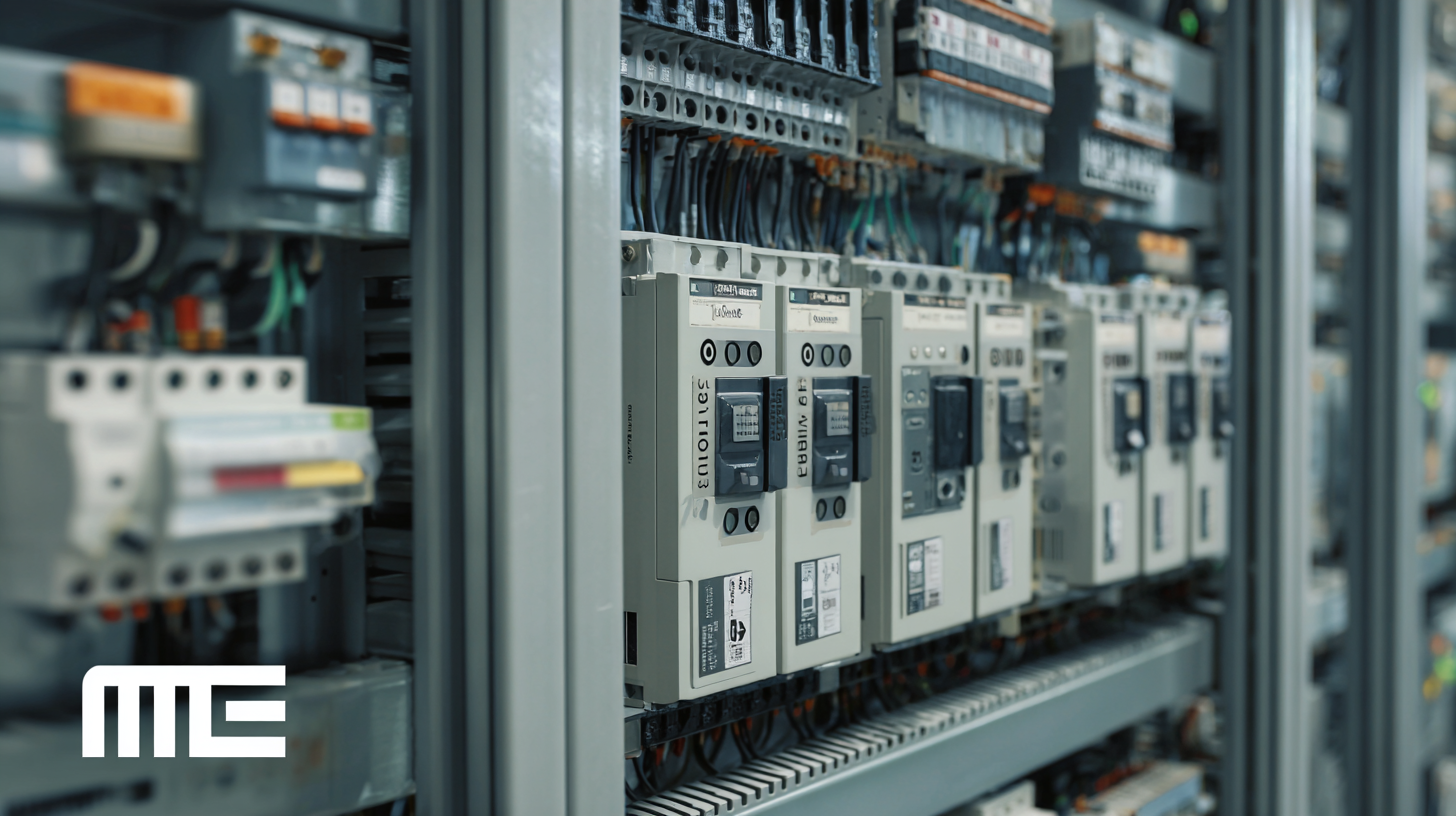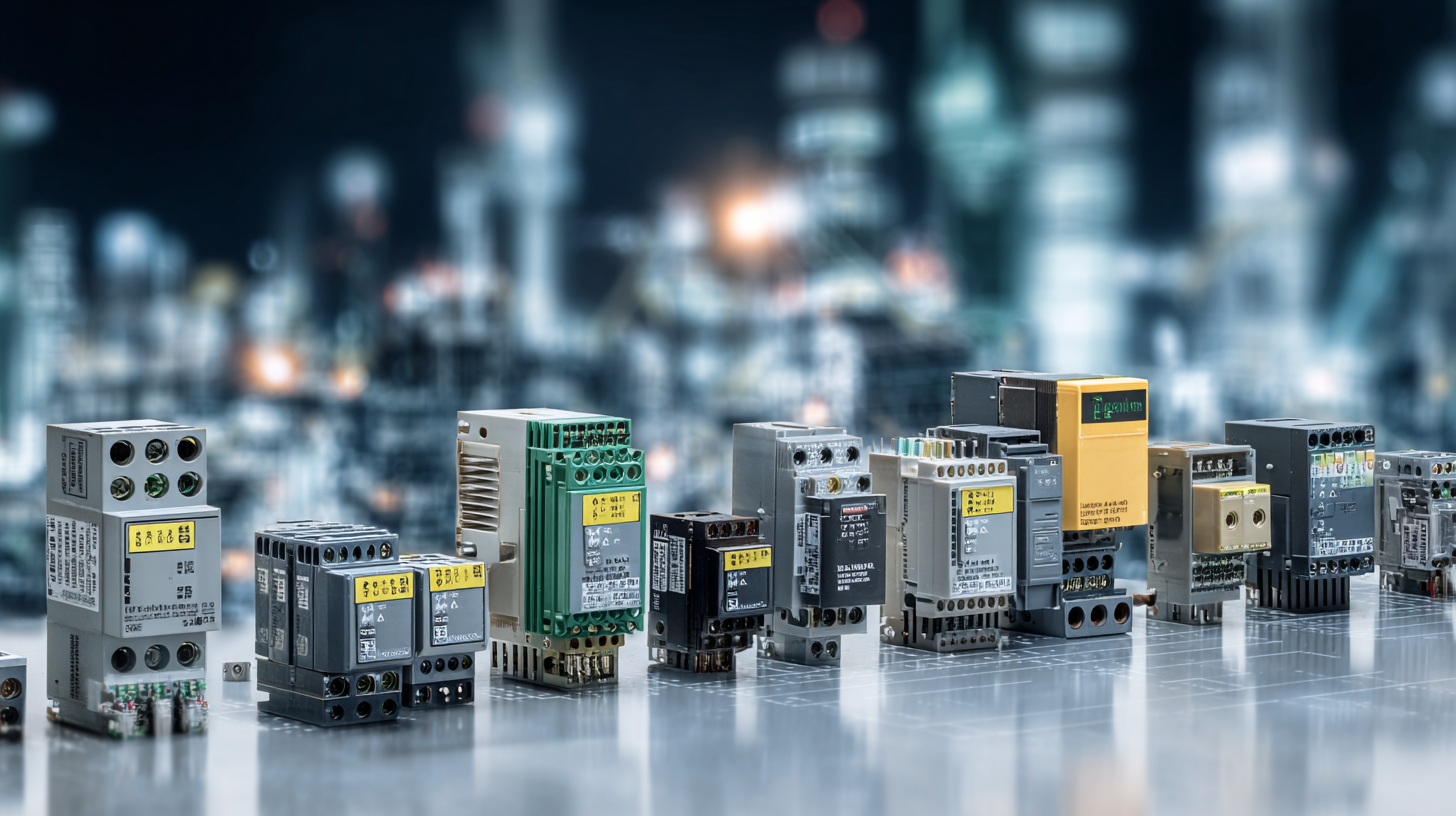In today's rapidly evolving industrial landscape, the significance of selecting the best Industrial Relay cannot be overstated. According to a recent report by MarketsandMarkets, the global relays market is projected to reach approximately $27.17 billion by 2025, driven by the increasing demand for automation and the need for reliable switching devices across various sectors. As industries pivot towards smarter solutions, the reliability and efficiency of Industrial Relays become paramount in ensuring seamless operations.
 Moreover, with China emerging as a leading manufacturer, combining quality with affordability, organizations worldwide are seeking to leverage globally trusted Chinese-made products to meet their procurement needs while maintaining consistency.
This blog aims to provide insightful solutions for choosing the right Industrial Relay to enhance operational performance and foster competitiveness in the global market.
Moreover, with China emerging as a leading manufacturer, combining quality with affordability, organizations worldwide are seeking to leverage globally trusted Chinese-made products to meet their procurement needs while maintaining consistency.
This blog aims to provide insightful solutions for choosing the right Industrial Relay to enhance operational performance and foster competitiveness in the global market.
When it comes to selecting the best industrial relay for global procurement needs, it’s essential to understand the different types and their applications. Industrial relays can be broadly categorized into electromagnetic relays, solid-state relays, and reed relays. According to a recent report by Markets and Markets, the global relay market is expected to grow from USD 3.24 billion in 2020 to USD 5.03 billion by 2025, demonstrating a significant demand for reliable switching technology across various industries.
Electromagnetic relays are commonly used for their ability to handle high currents and voltages. They operate through an electromechanical mechanism, making them suitable for a wide range of applications, including automotive and control systems. In contrast, solid-state relays utilize semiconductor devices, offering faster switching times and enhanced durability, which is crucial in environments that experience extreme conditions. The same report notes that the demand for solid-state relays is particularly rising in the renewable energy sector, where they are employed in solar inverters and wind turbine applications, highlighting their strategic importance in modern energy solutions. Understanding these nuances can aid businesses in making informed decisions while navigating global procurement challenges.
| Relay Type | Common Applications | Coil Voltage (V) | Contact Arrangement | Specifications |
|---|---|---|---|---|
| Electromechanical Relay (EMR) | Automation systems, power switching | 12 / 24 / 48 | SPDT, DPDT | Rated current: 10A, Switching voltage: 250V AC |
| Solid State Relay (SSR) | Process control, high-frequency switching | 3 / 5 / 12 | SPST, DPST | Rated current: 25A, Load voltage: 240V AC |
| Reed Relay | Telecommunications, sensor applications | 5 / 12 / 24 | SPST | Rated current: 1A, Switching voltage: 100V DC |
| Time Delay Relay | Lighting control, HVAC systems | 24 / 120 / 240 | SPDT | Delay range: 0.1s to 10min |
When navigating the complexities of global procurement for industrial relays, understanding the key certifications is crucial. Certifications like UL (Underwriters Laboratories), CE (Conformité Européenne), and IEC (International Electrotechnical Commission) not only ensure product safety and reliability but also enhance the credibility of the supplier in international markets. According to a 2022 report by MarketsandMarkets, the industrial relay market is projected to reach USD 11.1 billion by 2025, driven by the increasing demand for automation in various industries. Obtaining the right certifications can significantly influence market acceptance and product penetration in different regions.
Furthermore, the absence of necessary certifications can result in significant delays in the importing process. For instance, compliance with the CE marking is mandatory for any product sold within the European Union, as reported by the European Commission. The failure to provide certified products can lead to heavy fines and even a ban from the market. As companies expand their global reach, aligning their product offerings with these critical certifications is essential not only to meet regulatory requirements but also to secure a competitive edge in the industrial relay sector.
When selecting the right industrial relay for your global procurement needs, a systematic approach is essential to ensure the relay meets both technical specifications and market demands. First, it is crucial to identify the specific applications where the relay will be used, whether it involves controlling electrical circuits or switching high-voltage loads. According to industry reports, approximately 30% of relay failures can be attributed to improper selection—highlighting the importance of understanding load requirements, environmental conditions, and necessary certifications.
Next, consider the relay's specifications, such as contact configuration, coil voltage, and switching capacity. Research indicates that relays designed for specific environments, such as high humidity or extreme temperatures, can significantly enhance lifespan and reliability. For example, relays with a sealed construction can withstand challenging industrial environments better than standard ones. Partnering with suppliers who provide detailed product documentation and application assistance is crucial for ensuring that you make an informed decision that meets both technical needs and regulatory compliance.
When navigating the global procurement landscape for industrial relays, best practices are essential to ensure optimal performance and reliability. According to a recent report from the Markets and Markets Research, the global industrial relay market is projected to grow from $2.1 billion in 2021 to $3.1 billion by 2026, reflecting a compound annual growth rate (CAGR) of 8%. This growth underscores the increasing reliance on industrial relays across numerous sectors, including manufacturing, energy, and transportation.
Implementing thorough vendor assessments is a critical best practice in global procurement. A 2022 survey conducted by Procurement Insights revealed that 65% of procurement professionals prioritize supplier reliability and performance history as key factors in their decision-making process. Sourcing from manufacturers with established track records can lead to enhanced supply chain resilience. Moreover, leveraging regional market insights and demand forecasts can optimize inventory levels and mitigate risks associated with supply chain disruptions, which are increasingly prevalent due to globalization and geopolitical tensions. By aligning procurement strategies with these best practices, organizations can ensure they are investing in the most suitable and efficient industrial relay solutions for their operational needs.

Navigating the complexities of regulatory challenges in the relay supply chain is crucial for global procurement teams. With varying compliance standards across different countries, understanding local regulations is essential to ensure seamless operations and avoid costly delays. For example, regulations related to safety, electromagnetic compatibility, and environmental concerns can significantly impact sourcing decisions. Therefore, procurement managers should stay informed about the latest regulatory developments and build strong relationships with suppliers who are adept at managing compliance issues.
Moreover, it's vital for organizations to adopt a risk management approach when selecting industrial relays. This includes conducting thorough due diligence on suppliers to ensure they understand and adhere to local regulations. Additionally, leveraging technology to track compliance documentation and certifications can streamline the procurement process. Organizations may also consider engaging in collaborative partnerships with industry associations and regulatory bodies to better navigate these challenges. By focusing on regulatory compliance, companies can not only mitigate risks but also enhance their procurement strategies in the competitive global market.

TradeManager
Skype
VKontakte

